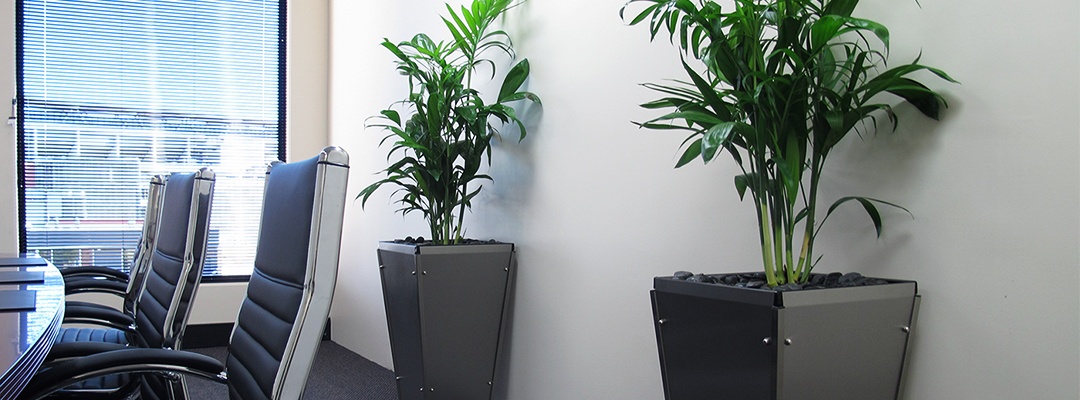
1. Using Design principles
Interior plant designers or plantscapers—just like graphic or interior designers—are trained in the principles that make design successful. Designing with live plants relies on working within the same aesthetic and spatial tenets, but it also depends on the extra horticultural expertise and training that makes plant design a truly unique profession.
Professional plantscapers carefully select and position plants to transform your space according to the style and personality you’re trying to achieve.
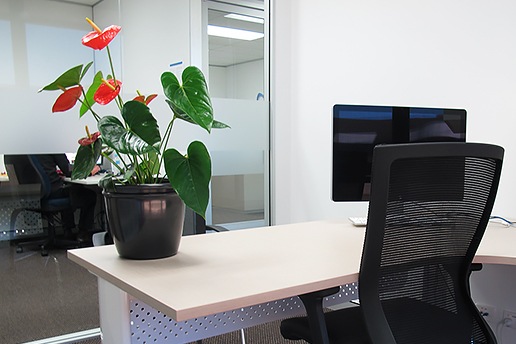
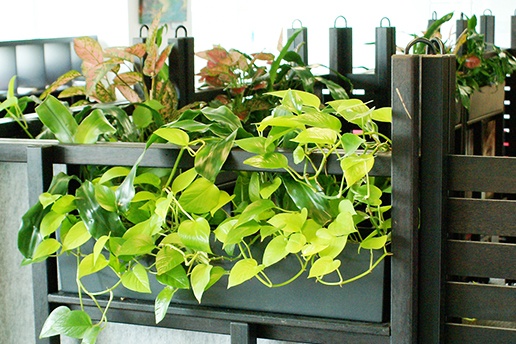
2. Using colour
One of the more obvious ways that indoor plants can bring out the best in your office is with colour. In this competitive world, businesses need to distinguish themselves from their competitors, and building owners are now encouraging designers to take more risks with colour in order to draw in their customers.
There’s an entire science around colour, particularly in relation to psychology and behavior.
Different wavelengths of colour strike the eye in different ways, and are converted in the retina to electrical impulses that tell the brain to influence our endocrine system and hormones—in essence, colour affects our activity.
Low-wavelength colours, including green and blue (the most common in a natural palette) improve efficiency and focus: there’s evidence in support of their restful and calming effect on an overall sense of wellbeing, which is the key to happier, more productive workers.
Plants are rich and natural sources of colour.
Green standbys such as Dracaena, Seifrizii, Sansevieria, and Kentia Palm still form the basis of mass plantings, but for a real pop of colour, designers can experiment with Pink Aglaonema, Bromeliads, Lemon and Lime Deremensis and Spath Domino, which have bright multi-coloured leaves and do well in indoor environments. Orchid blooms will also inject eye-catching beauty into any office, and they’ll stay vibrant for weeks.
3. Using the senses
Part of the problem in unhealthy work environments is the lack of stimulation of the senses. Human beings need sensory stimulation in order to function properly, and without it, they become emotionally depressed and demotivated. Sensory deprivation has been linked to anxiety, bizarre thoughts, and hallucinations—and even on a less extreme scale, it’s known to make people feel physically unwell.
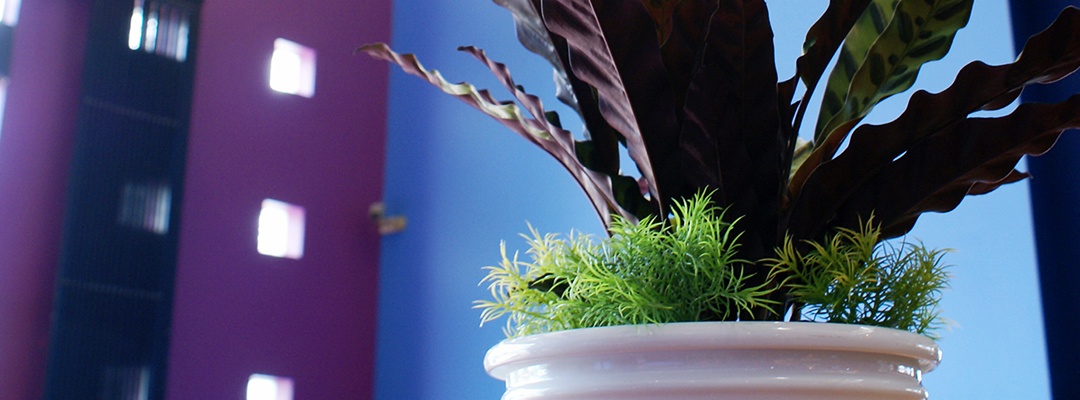
Indoors or out, plants stimulate the senses. In the indoor environment, plants bring visual novelty with unexpected colors and forms.
While strong scents are not advisable in office environments, even unscented plants bring with them the subtle earthiness and freshness of the outdoors.
4. Using the atmosphere
Another way that plants can bring out the best in your office is by changing its physical atmosphere. Indoor environments don’t have to be unhealthy: they can bring to workers the richness and complexity of the natural world while they’re sitting at their desks.
Well-designed plantscapes use the positive impact of foliage and flower plants to influence the air quality of the indoor environment.
Skilled plant designers can position plants to compensate for air-conditioning and heaters, replacing the natural humidity that they draw out of the air in order to combat effects like dry eyes and respiratory tracts.
Plants also remove volatile compounds from the air that are emitted from synthetic furnishings and fittings, making work environments fresher and healthier for everyone in them.
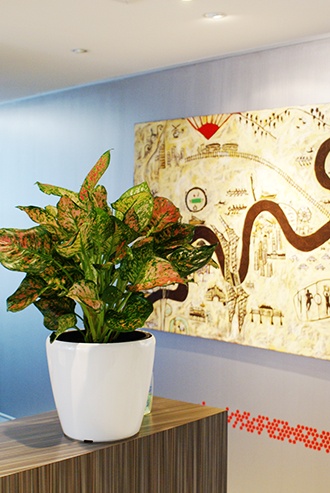
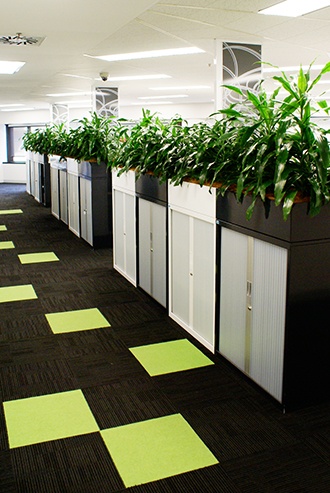
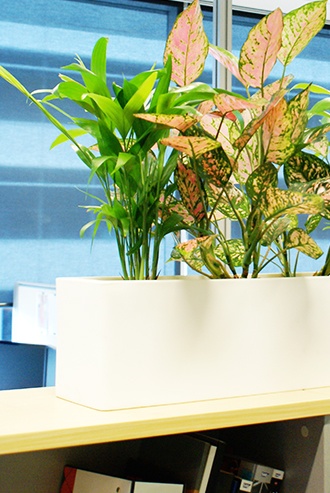
If you’re ready to see how indoor plants can bring out the best in your office and benefit your business’s bottom line, look to Prestigious Plantscapes. Contact us anytime to find out how our skilled plant designers can help your unique personality to shine through your space, and foster vitality among your workers and customers for a happier and healthier workplace.

